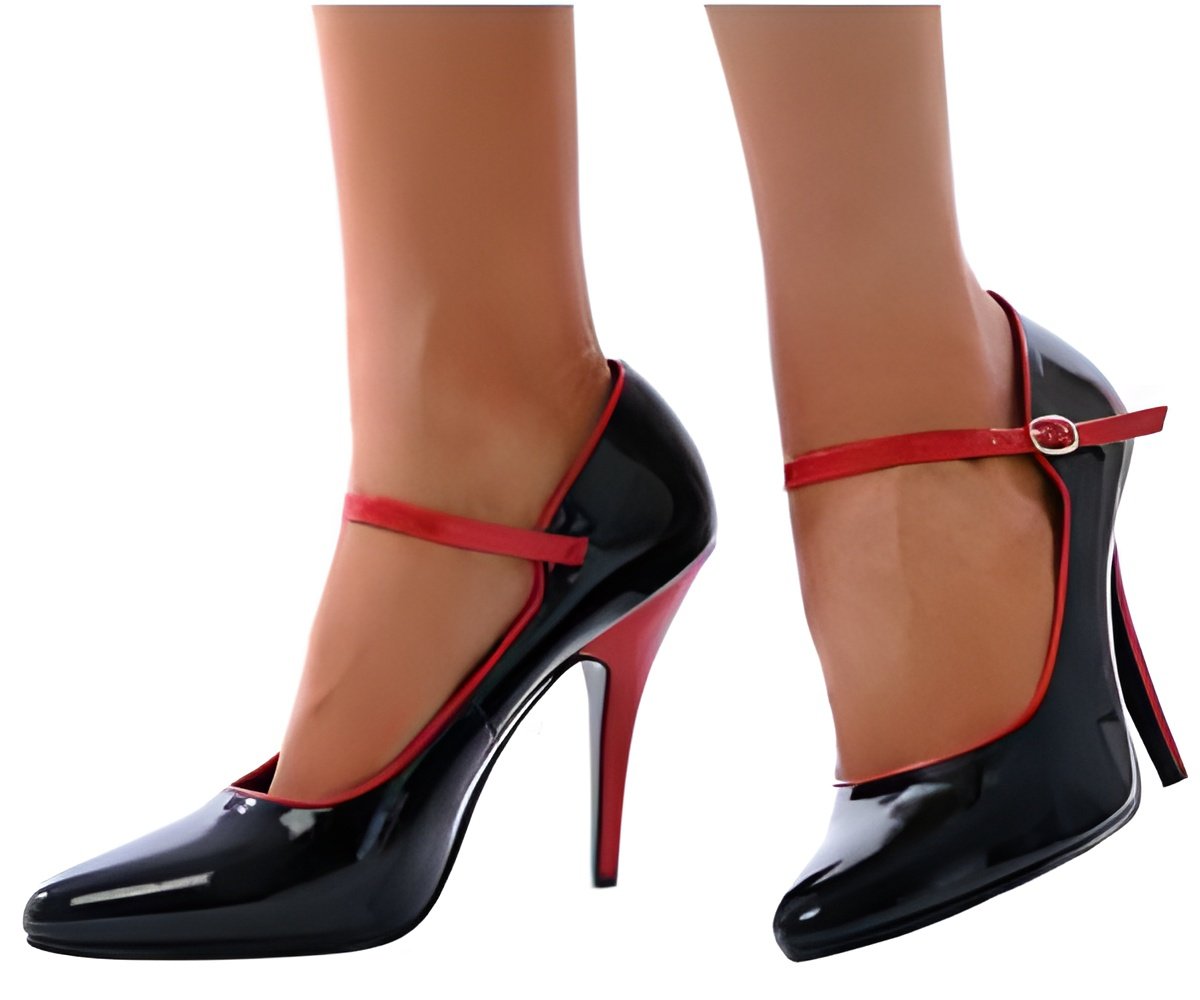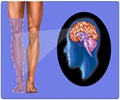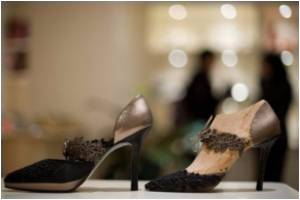Length of fingers and if one wears high heels it can point to risk of grave health conditions in the future, states a new book.

"The end of illness is closer than you might think," Dr Agus, also a professor of medicine at the University of Southern California Keck School of Medicine, wrote in the book.
But to be able to achieve that, people should look at their bodies in a whole new manner.
"Medicine today is, 'I treat the individual condition. Your joint hurts, I'll give you something to help the joints.' But I want to figure out why. What in your system allowed that joint to hurt. And I want to change the whole system in a different direction," ABC News quoted Dr Agus as saying.
Dr Agus said that the finger length points towards risk of certain diseases.
"If you're a woman, and, for example, you look at your ring finger and index finger, there's data. And this is a real published study showing that if your ring finger is bigger than your index finger, you're almost twice as likely to get osteoarthritis."
"Discolored nails can signal certain conditions, from a simple infection to diabetes. If your nails have a yellowish hue to them, it's time for a diabetes check."
"I know many people with diabetes that have normal-colored nails, and people with yellowish nails that don't have diabetes," said Dr. Robert Schwartz, chair of the Department of Family Medicine and Community Health at the University of Miami's Miller School of Medicine.
Dr Agus also noted that a lack of the white crescent usually present above the cuticle can signal a problem with low iron levels.
Women who favour high heels have most likely noticed how much their feet and legs hurt after a long day of wearing them, but Agus said that the risk to women is much greater than aching feet.
"Aching feet means inflammation. Inflammation in the long term is bad for heart disease, for cancer, for neural degenerative diseases. We want to prevent inflammation," Agus said, calling heels and platform pumps "hidden, sneaky sources of chronic inflammation."
However, the notion that uncomfortable shoes could cause problems beyond strained muscles and joints is a controversial one.
"Chronic inflammation can affect the heart. It can lead to an increase of C-reactive protein that is associated with heart disease, but this isn't necessarily caused by wearing high heels," added Schwartz.
Source-ANI
 MEDINDIA
MEDINDIA




 Email
Email








